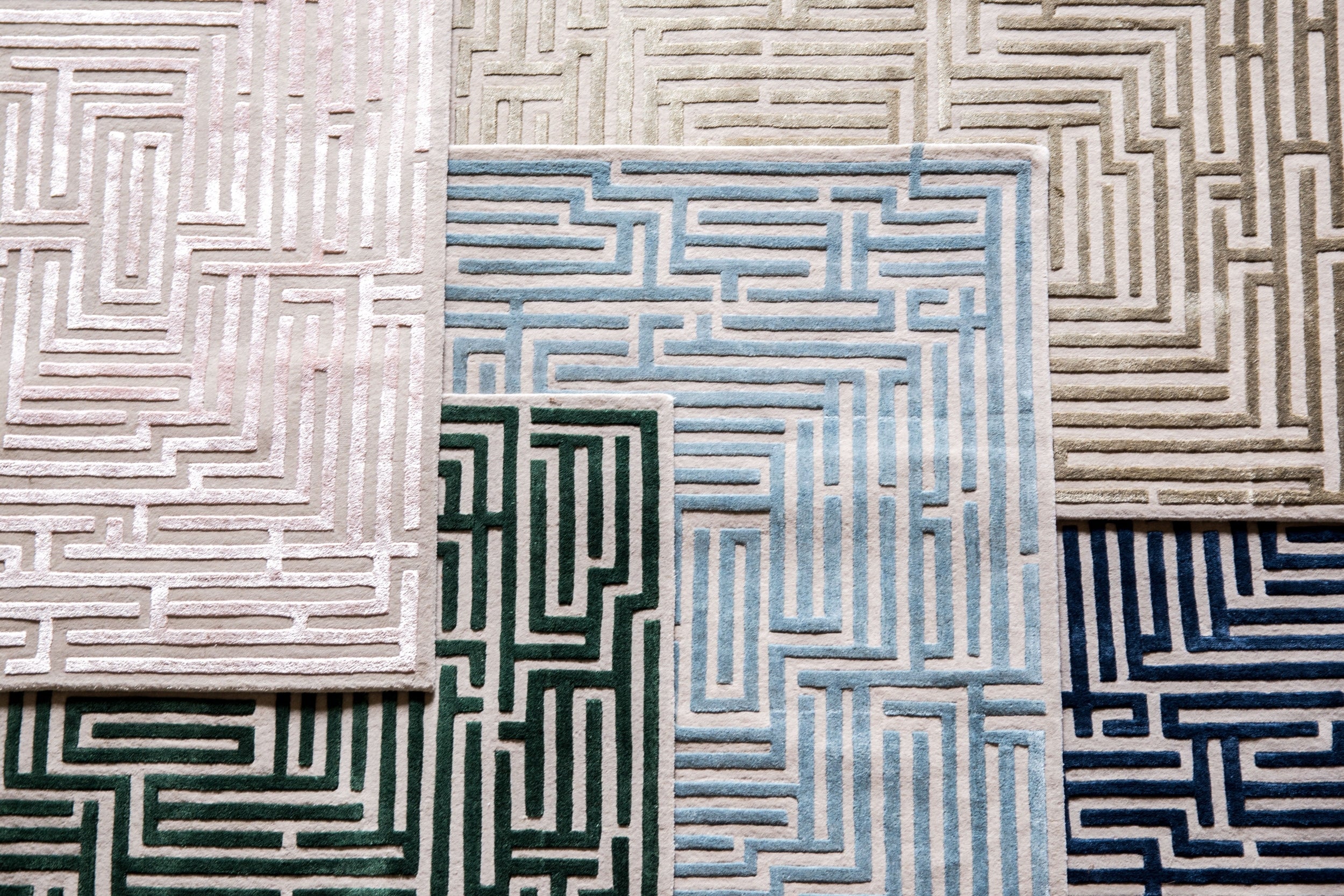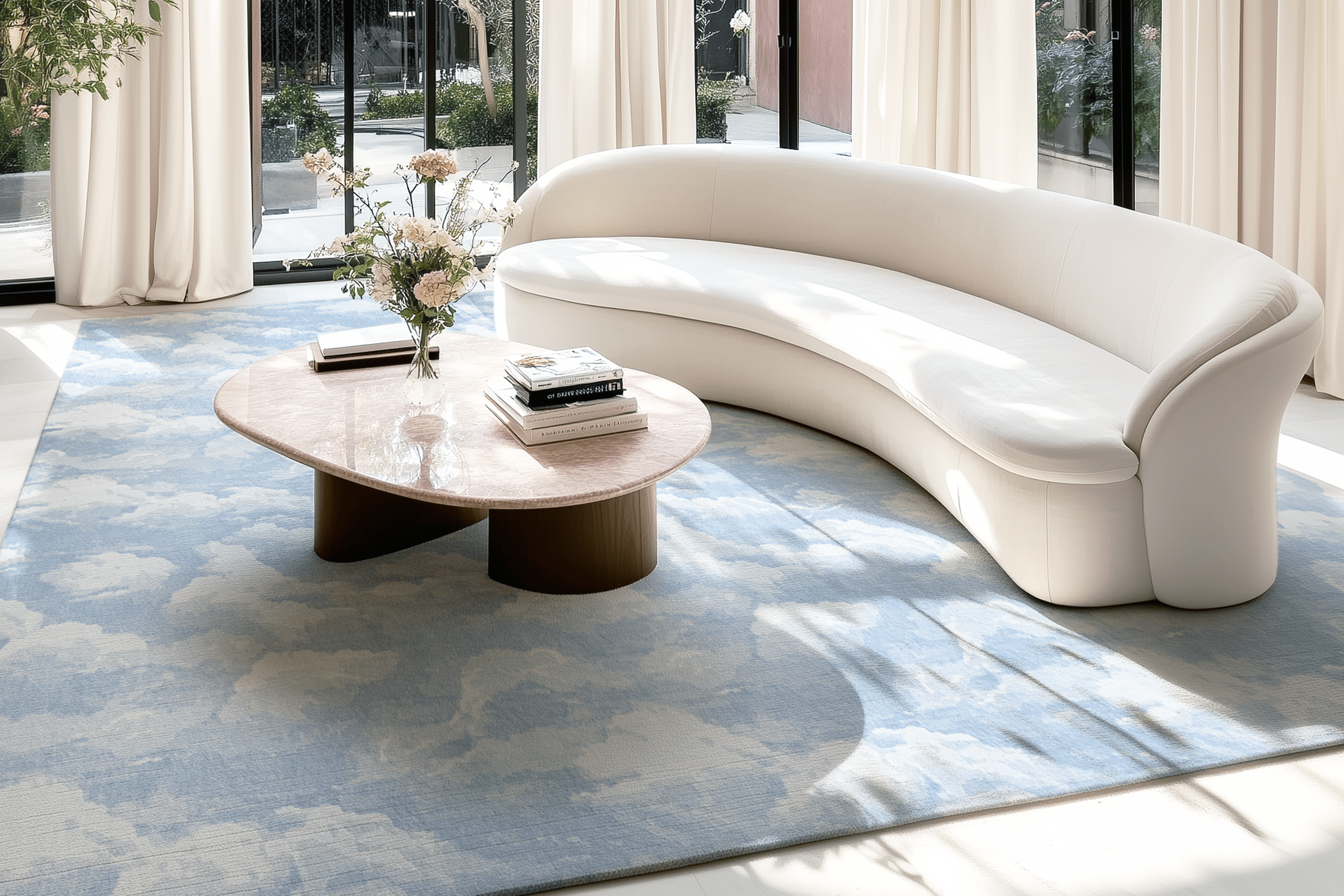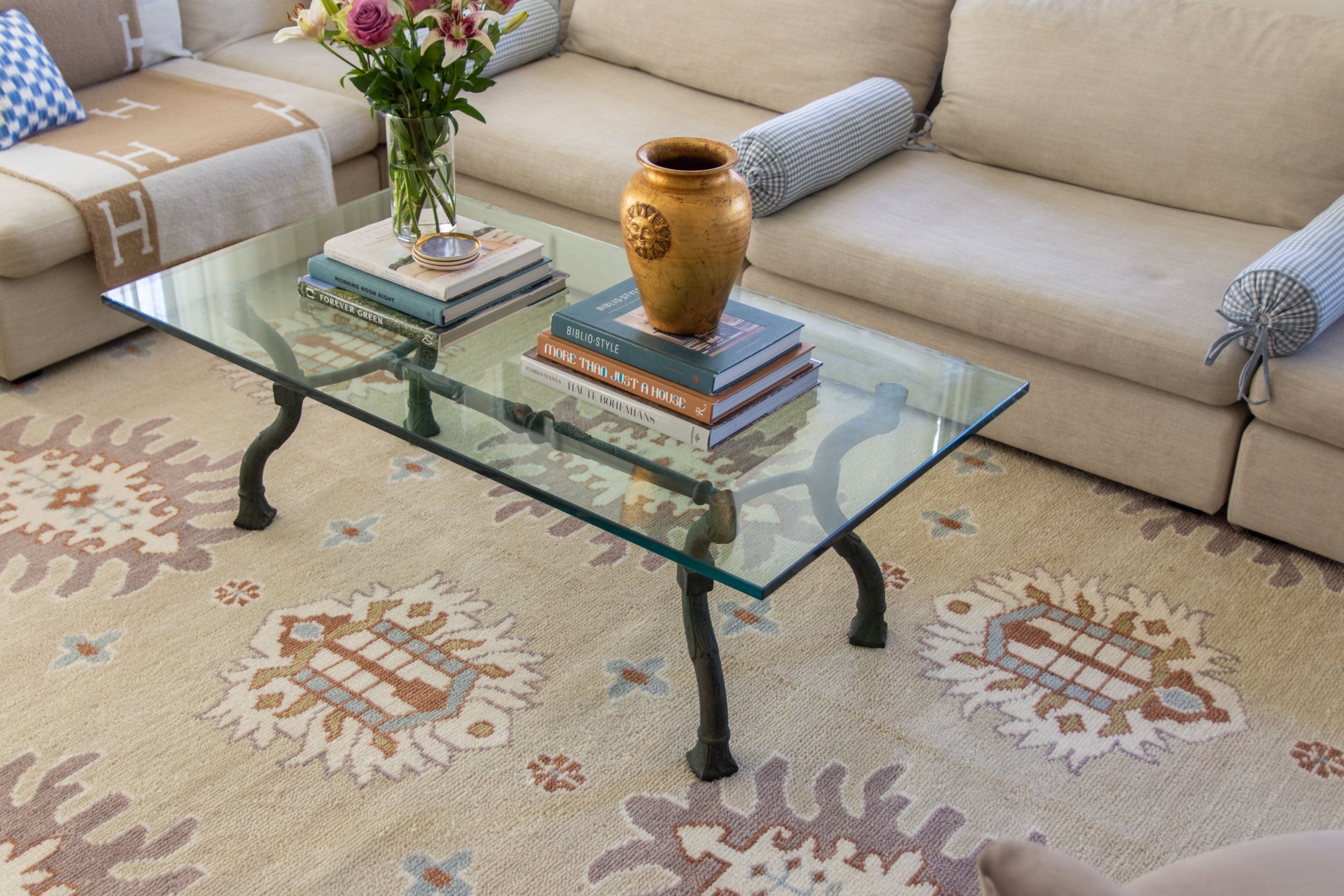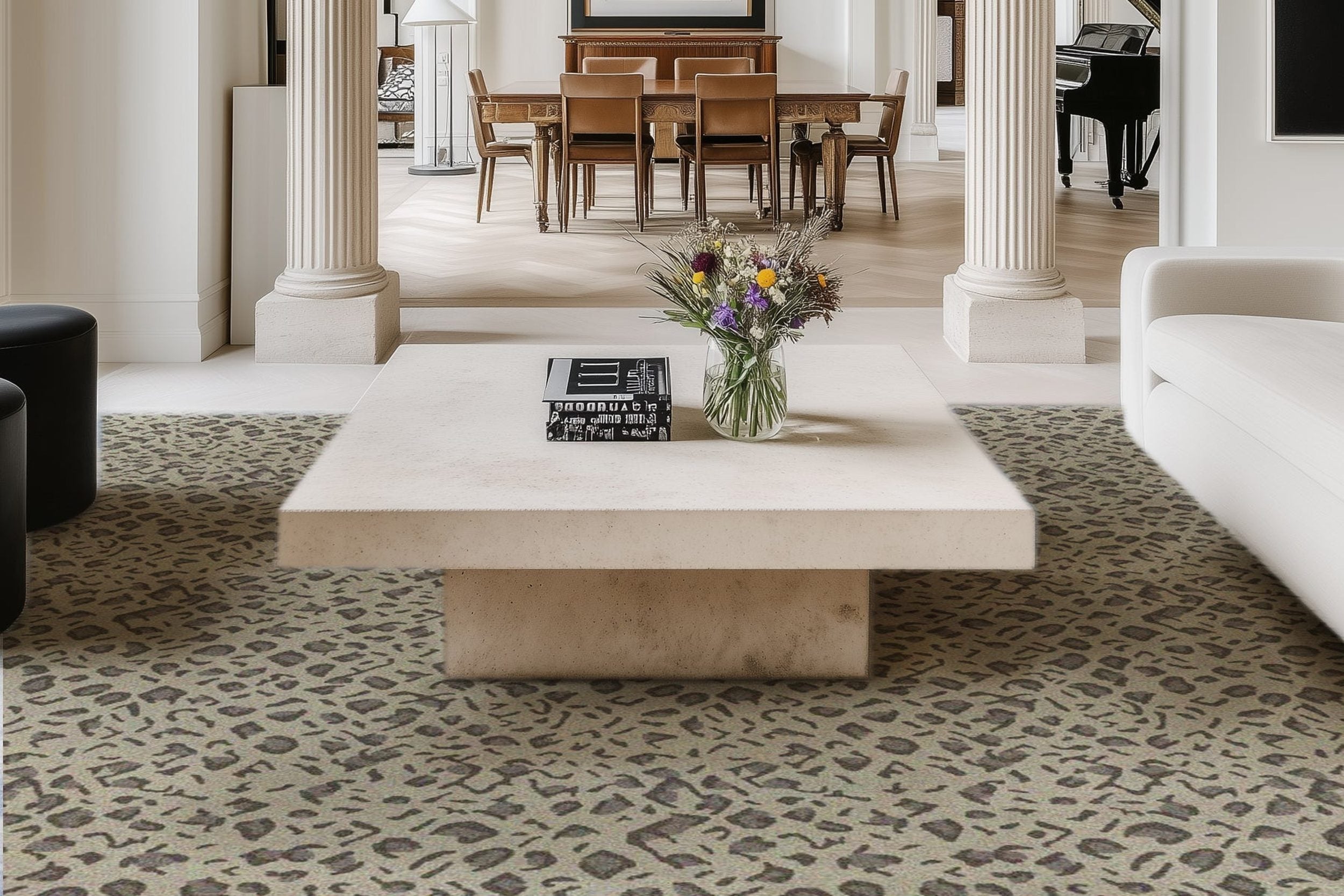How Can You Choose Furniture That Makes a Small Space Look Bigger?
 Do you want to make your small space feel large and enhance its functionality? Investing in the right furniture can make a big difference. It helps light move through a room, keep sightlines open, and give you tidy, hidden storage. In addition, it also reduces clutter, keeping your space well-organized and aesthetically appealing.
Do you want to make your small space feel large and enhance its functionality? Investing in the right furniture can make a big difference. It helps light move through a room, keep sightlines open, and give you tidy, hidden storage. In addition, it also reduces clutter, keeping your space well-organized and aesthetically appealing.
From smart, multipurpose pieces to folding items, there are various options to choose from. In this article, we will explain what to choose and how to place it so your rooms look larger and feel calmer.

Measure Your Space
Start by measuring the room, doorways, and the route for deliveries, and the height, width, and depth of the space you plan to furnish. You can use these numbers to choose furniture that fits the scale of the room. For example, tall, narrow wooden wardrobes in UK are often considered a smarter fit than a chunky double-door unit for small bedrooms.
Choosing the correct scale also helps you avoid blocking light or pathways. Small, well-proportioned pieces keep the room airy and prevent a cramped feeling.
Pick Multipurpose Furniture
Choosing pieces that perform several functions can also save room and simplify the layout. Think of a sofa that converts into a bed for guests, or a bench with a lift-up seat for shoe storage. Similarly, a chest can be a coffee table and a place to keep blankets. For a home office, choose a fold-down desk that tucks away when you are done.
Multipurpose items reduce the total number of objects you need, which helps keep the space feeling calm. Additionally, choose items with built-in storage rather than adding separate boxes that clutter the floor.
Choose Furniture With Legs
Furniture that sits on legs looks lighter than pieces that touch the floor. A sofa or bed on slim legs lets light and air flow underneath, creating a sense of more space. The gap also gives you a visual break where the eye can travel across the room, making the floor feel larger. You can also use this space for low-profile storage boxes or just keep it clear to make cleaning easier.
When everything sits flat on the floor, the room feels anchored and smaller. On the other hand, legged furniture gives the impression of air and movement. If you need extra storage, you can choose shallow baskets that tuck underneath without filling the void.
Use Vertical Storage
Tall shelving and cupboards use the room’s height and free up floor area. So, a floor-to-ceiling bookcase or fitted shelves around a window can add a lot of storage without taking up much floor space. It leaves the floor clear and is ideal for display items or daily-use objects. Moreover, wall-mounted hooks and rails keep coats and bags off chairs and doorways.
When you use vertical storage, keep the lower levels tidy and store less-used items higher up. Use uniform boxes or baskets on open shelving to reduce visual clutter.

Use Light Colors and Reflective Surfaces
Light colors reflect light and help rooms feel bigger. Choose pale upholstery, lighter wood finishes, and neutral walls. Glass or mirrored surfaces are especially useful as a glass coffee table keeps the floor visually continuous, and a mirror can double the apparent depth of a room when placed opposite a window. Avoid heavy, dark furniture that soaks up light.
When you mix materials, stick to a simple palette so the space reads as one area rather than several small ones. Soft textures and natural fibers bring warmth while keeping things light, helping you create a gentle, open feel where light travels freely across surfaces and the room looks larger.
Choose Slim, Extendable, and Nesting Tables
Slim-profile dining tables, extendable leaves, and nesting tables give you flexibility. When unexpected guests arrive, you can pull a leaf out or separate the nesting tables, and when you do not need the full surface, push the table back or nest the smaller tables together. Similarly, folding dining chairs can be stored when not in use.
Flexible table solutions let your room change function easily, so it never feels overcrowded or stuck in one layout.
Buy a Few but High-Quality Pieces
Invest in a small number of good-quality items that will last and perform multiple roles. For example, solid oak furniture, like a slim dining table or compact sideboard in a natural finish, can anchor the room. However, in small rooms, pick slim-profile oak pieces rather than large, heavy masses. It makes your whole space feel smarter and more considered without taking up extra room.
Bottom Line
Small spaces require careful planning and the selection of smart furniture pieces. By practicing all the aforementioned tips, you can easily find the right pieces that can perfectly fit your space without compromising the overall functionality and aesthetic appeal of your home.
Browse by Category

Design Projects
Explore interiors from client work and personal renovations — layered, livable, and always in progress.
read more →
Collaborations
From product launches to styled spaces, discover the brand stories I’ve helped bring to life.
read more →
The Notebook
A growing archive of iconic designers, inspiring artists, and unforgettable design moments.
read more →
Travel by Design
Wander with a designer’s eye — from charming hotels and city guides to visual inspiration abroad.
read more →




